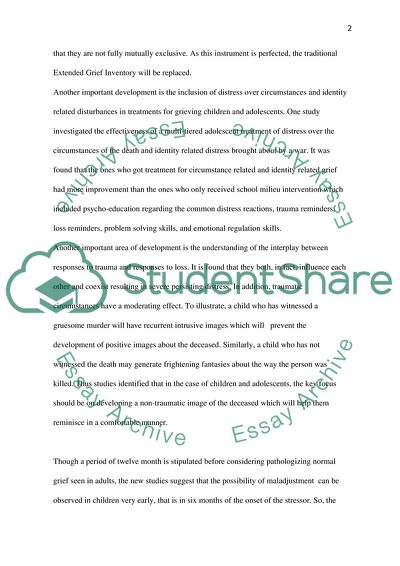Cite this document
(Bereavment and Care Assignment Example | Topics and Well Written Essays - 2500 words, n.d.)
Bereavment and Care Assignment Example | Topics and Well Written Essays - 2500 words. https://studentshare.org/psychology/1796341-bereavment-and-care
Bereavment and Care Assignment Example | Topics and Well Written Essays - 2500 words. https://studentshare.org/psychology/1796341-bereavment-and-care
(Bereavment and Care Assignment Example | Topics and Well Written Essays - 2500 Words)
Bereavment and Care Assignment Example | Topics and Well Written Essays - 2500 Words. https://studentshare.org/psychology/1796341-bereavment-and-care.
Bereavment and Care Assignment Example | Topics and Well Written Essays - 2500 Words. https://studentshare.org/psychology/1796341-bereavment-and-care.
“Bereavment and Care Assignment Example | Topics and Well Written Essays - 2500 Words”. https://studentshare.org/psychology/1796341-bereavment-and-care.


